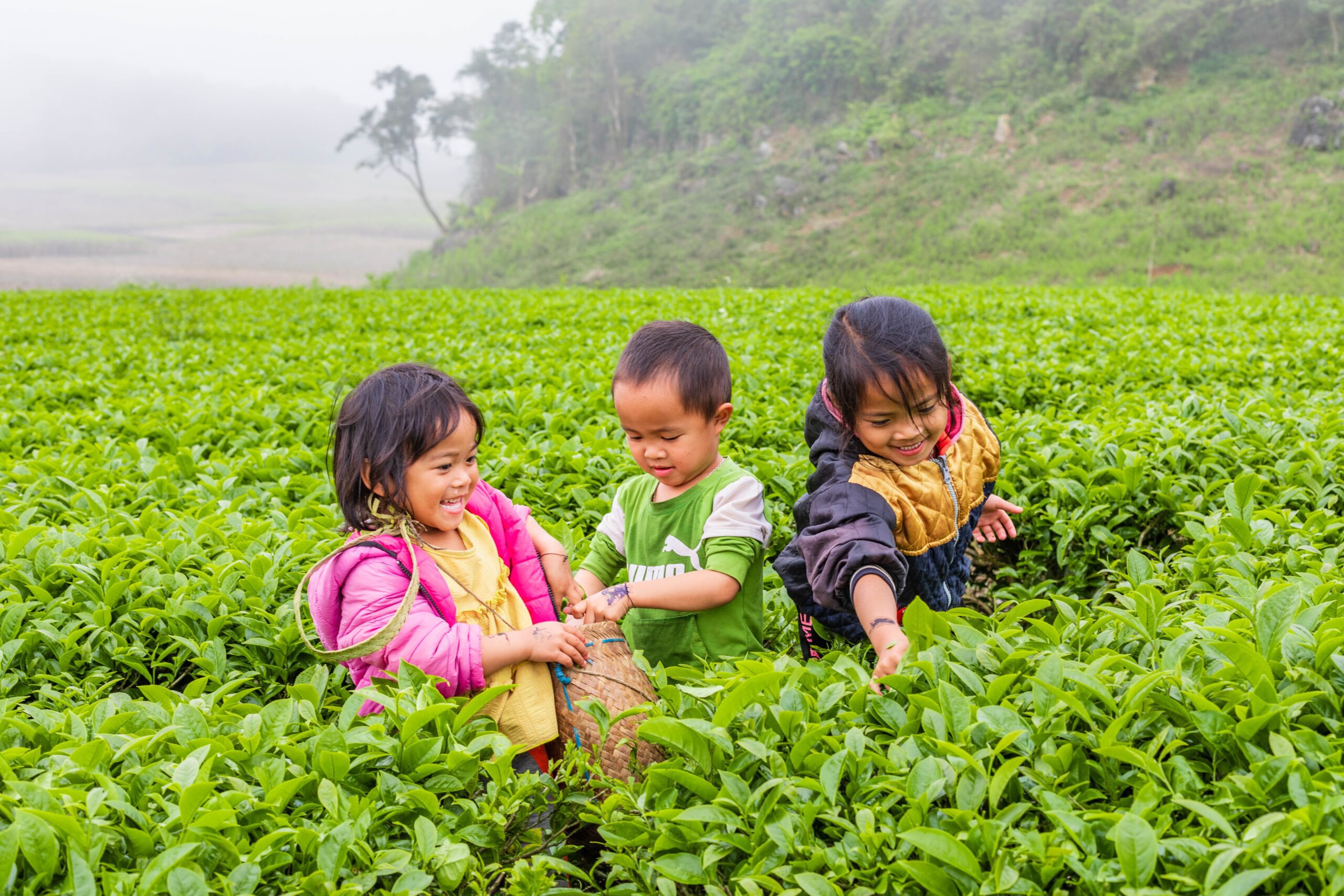Introduction
Children are more vulnerable to pesticides, as per unit body weight they breathe more air, eat more food, and drink more water. Early life exposure of pesticides towards can damage their still-developing brain and nervous system, disrupting mental and physiological growth. Long term impacts of pesticide exposure are linked to childhood cancer, autism, lowering of I.Q and other learning disorders among children. According to UNICEF, around 108 million children are involved agriculture exposing them to toxic pesticides1. This is an indication that pesticides impacting children’s health is still a prevalent thing and needs to be looked at seriously.
Children are exposed to pesticides not only from their homes or farms but in school as well. In an average, children across the globe spends five to eight hours in school which is nearly a third of a day. This large chunk of time spent at school would also indicate that children are exposed to pesticides being used both in the school grounds and surrounding the school vicinities risking them to severe health impacts. Pesticide-free buffer zones of at least one kilometre around schools can help reduce pesticides exposure of schoolchildren.
The impacts of pesticides are also seen on degradation of the quality of our environment (e.g., biodiversity loss and climate change). Implementing agroecological practices both in schools and homes is essential in providing a safe place for children with the reduction of these toxic pesticides and creating a healthy and toxic free environment for the children.
Pesticides and Climate Crisis
The impact of these pesticides is also reflected in the climate crisis that we are facing. According to
P esticide Actio n Netwo rk No rth Am erica’s (P ANNA) report, scientific evidences noted that pesticides impact climate change through greenhouse gas emissions. The infographic made by the Northwest Center for Alternatives to Pesticides (NCAP) also shows the impacts of these pesticides to the climate which is destroying the environment. It is essential for us to take steps in eliminating these pesticides to protect the environment for our children and the future generations.
Microplastics in agrochemicals
One of the contributing factors to climate change is the microplastics found in the pesticides. According to Center for International Environmental Law (CIEL), the use of plastics and agrochemical in tandem if often reflected on the impacts in terms of climate change, biodiversity loss and toxic plastic pollution.2 These pesticides that are derived from are already some of the most toxic substances used in agriculture today but encapsulating them with microplastic only heightens the risks, plastics adsorb and accumulate toxins, including persistent organic pollutants (POPs) and these substances do not degrade or disappear, and cause irreparable harm to health and the environment.
1 United Nations Children’s Fund. (2021). Healthy Environments for Healthy Children: Global Programme Framework. New York.
2 Center for International Environmental Law (2022). Sowing a Plastic Planet: How Microplastics in Agrochemicals Are Affecting Our Soils, Our Food, and Our Future. Washington
Aligning with United Nation Environment Programme’s (UNEP) World Environment Day theme this year which Beat Plastic Pollution, PAN Asia Pacific (PANAP) urged the ban of Highly Hazardous Pesticides (HHPs) that contributes to the accumulation of microplastics in the environment as well.
PANAP has been working hard towards protecting children from these toxic pesticides especially the Terrible Twenty, which has drastic impacts on children’s health. PANAP is also trying to raise awareness to the public and policy makers on the impacts of these harmful pesticides on children on local, national, and regional levels and moving towards phasing out HHPs by 2030.
Objectives
To ensure children are able to thrive in a safe and healthy environment, the theme of the Protect Our Children from Toxic Pesticides 2023 will be Healthy Future Goals: Phase-out Highly Hazardous Pesticides by 2030. This campaign aims to:
- Raise awareness on parents, teachers, policymakers, and children on the impacts of pesticide on children, thus demanding a healthy, pesticides-free environment for the
- Encourage parents, schools, and governments to provide a healthy and pesticide-free space for children to grow
- Encourage the public and policymaker to take serious look on the threat of microplastic in pesticides and climate issues caused by pesticides
- Push the local governments and policymakers on phasing out Highly Hazardous Pesticides (HHPs) by
Get involved!
- Create/share short videos of children showing why they want a #PesticidesFreeWorld
#AgroecologyNow #HealthyFutureGoals through a short message, drawing, or song and dance. Be creative! The video can be uploaded on social media platforms such as Facebook, Twitter, Instagram, and TikTok.
- Adopt the petition and lobby your local authorities to institute pesticide-free buffer zones around schools.
- Organize events (e.g., art contests, biking, soccer games, storytelling, gardening, organic markets) involving children and youngsters to highlight children’s need for a healthy, pesticides-free
- Download and share posters, infographics, videos, and other materials on our Protect Our Children from Toxic Pesticides campaign page: ly/POCToxicPesticides.
- Urge your policy makers to support the phase-out of HHPs by 2030 and replace them with agroecological
Together, let’s work to Protect Our Children from Toxic Pesticides!
Contact us at poc@panap.net if you are interested to join!


